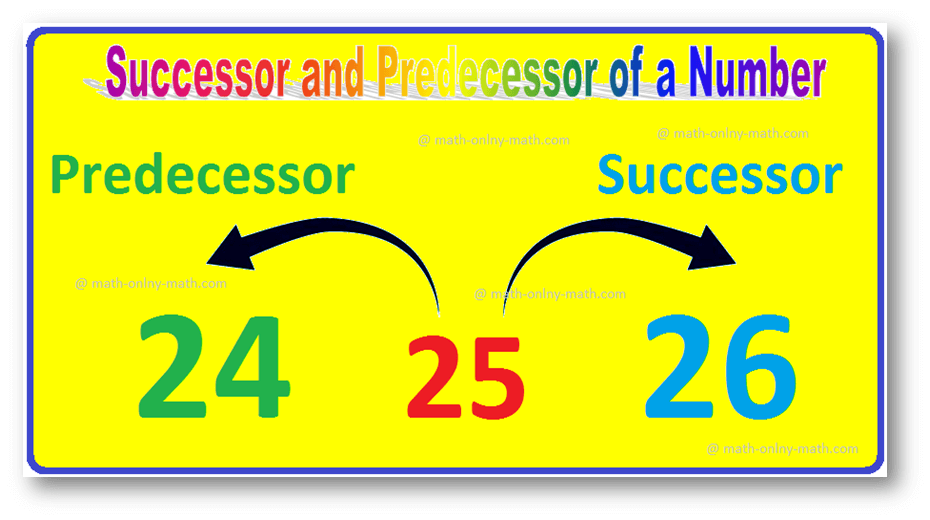Subscribe to our ▶️ YouTube channel 🔴 for the latest videos, updates, and tips.
Home | About Us | Contact Us | Privacy | Math Blog
Multiplication of Two Complex Numbers
Multiplication of two complex numbers is also a complex number.
In other words, the product of two complex numbers can be expressed in the standard form A + iB where A and B are real.
Let z1 = p + iq and z2 = r + is be two complex numbers (p, q, r and s are real), then their product z1z2 is defined as
z1z2 = (pr - qs) + i(ps + qr).
Proof:
Given z1 = p + iq and z2 = r + is
Now, z1z2 = (p + iq)(r + is) = p(r + is) + iq(r + is) = pr + ips + iqr + i2qs
We know that i2 = -1. Now putting i2 = -1 we get,
= pr + ips + iqr - qs
= pr - qs + ips + iqr
= (pr - qs) + i(ps + qr).
Thus, z1z2 = (pr - qs) + i(ps + qr) = A + iB where A = pr - qs and B = ps + qr are real.
Therefore, product of two complex numbers is a complex number.
Note: Product of more than two complex numbers is also a complex number.
For example:
Let z1 = (4 + 3i) and z2 = (-7 + 6i), then
z1z2 = (4 + 3i)(-7 + 6i)
= 4(-7 + 6i) + 3i(-7 + 6i)
= -28 + 24i - 21i + 18i2
= -28 + 3i - 18
= -28 - 18 + 3i
= -46 + 3i
Properties of multiplication of complex numbers:
If z1, z2 and z3 are any three complex numbers, then
(i) z1z2 = z2z1 (commutative law)
(ii) (z1z2)z3 = z1(z2z3) (associative law)
(iii) z ∙ 1 = z = 1 ∙ z, so 1 acts as the multiplicative identity for the set of complex numbers.
(iv) Existence of multiplicative inverse
For every non-zero complex number z = p + iq, we have the complex number pp2+q2 - iqp2+q2 (denoted by z−1 or 1z) such that
z ∙ 1z = 1 = 1z ∙ z (check it)
1z is called the multiplicative inverse of z.
Note: If z = p + iq then z−1 = 1p+iq = 1p+iq ∙ p−iqp−iq = p−iqp2+q2 = pp2+q2 - iqp2+q2.
(v) Multiplication of complex number is distributive over addition of complex numbers.
If z1, z2 and z3 are any three complex numbers, then
z1(z2 + z3) = z1z2 + z1z3
and (z1 + z2)z3 = z1z3 + z2z3
The results are known as distributive laws.
Solved examples on multiplication of two complex numbers:
1. Find the product of two complex numbers (-2 + √3i) and (-3 + 2√3i) and express the result in standard from A + iB.
Solution:
(-2 + √3i)(-3 + 2√3i)
= -2(-3 + 2√3i) + √3i(-3 + 2√3i)
= 6 - 4√3i - 3√3i + 2(√3i)2
= 6 - 7√3i - 6
= 6 - 6 - 7√3i
= 0 - 7√3i, which is the required form A + iB, where A = 0 and B = - 7√3
2. Find the multiplicative inverse of √2 + 7i.
Solution:
Let z = √2 + 7i,
Then ¯z = √2 - 7i and |z|2 = (√2)2 + (7)2 = 2 + 49 = 51.
We know that the multiplicative inverse of z given by
z−1
= ¯z|z|2
= √2−7i51
= √251 - 751i
Alternatively,
z−1 = 1z
= 1√2+7i
= 1√2+7i × √2−7i√2−7i
= √2−7i(√2)2−(7i)2
= √2−7i2−49(−1)
= √2−7i2+49
= √2−7i51
= √251 - 751i
11 and 12 Grade Math
From Multiplication of Two Complex Numbers to HOME PAGE
Didn't find what you were looking for? Or want to know more information about Math Only Math. Use this Google Search to find what you need.
Recent Articles
-
Successor and Predecessor | Successor of a Whole Number | Predecessor
Jul 29, 25 12:59 AM
The number that comes just before a number is called the predecessor. So, the predecessor of a given number is 1 less than the given number. Successor of a given number is 1 more than the given number… -
Worksheet on Area, Perimeter and Volume | Square, Rectangle, Cube,Cubo
Jul 28, 25 01:52 PM
In this worksheet on area perimeter and volume you will get different types of questions on find the perimeter of a rectangle, find the perimeter of a square, find the area of a rectangle, find the ar… -
Worksheet on Volume of a Cube and Cuboid |The Volume of a RectangleBox
Jul 25, 25 03:15 AM
We will practice the questions given in the worksheet on volume of a cube and cuboid. We know the volume of an object is the amount of space occupied by the object.1. Fill in the blanks: -
Volume of a Cuboid | Volume of Cuboid Formula | How to Find the Volume
Jul 24, 25 03:46 PM
Cuboid is a solid box whose every surface is a rectangle of same area or different areas. A cuboid will have a length, breadth and height. Hence we can conclude that volume is 3 dimensional. To measur… -
Volume of a Cube | How to Calculate the Volume of a Cube? | Examples
Jul 23, 25 11:37 AM
A cube is a solid box whose every surface is a square of same area. Take an empty box with open top in the shape of a cube whose each edge is 2 cm. Now fit cubes of edges 1 cm in it. From the figure i…






New! Comments
Have your say about what you just read! Leave me a comment in the box below. Ask a Question or Answer a Question.